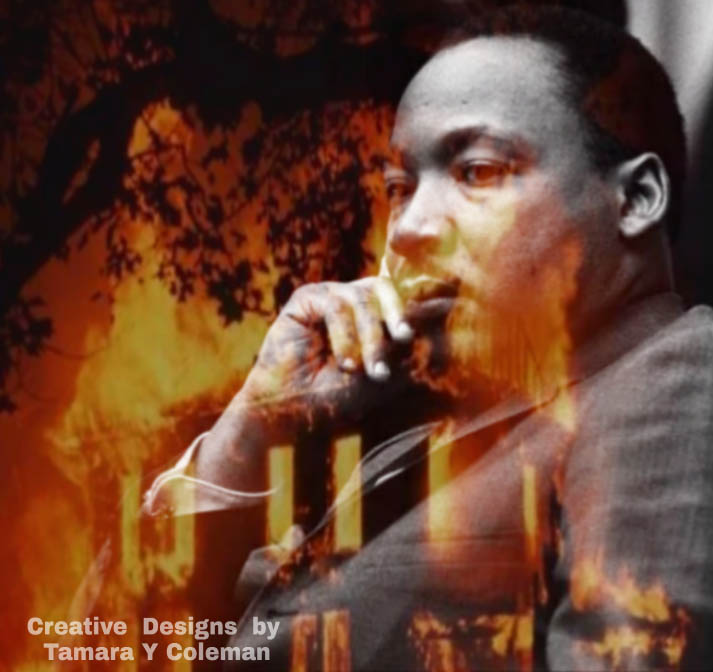
“I fear, I am integrating my people into a burning house!”
Before I start this piece, I want to acknowledge the creator of its primary image. It was generated by “Creative Designs” by the very talented Tamara Coleman. If you want to learn more about Tamara and her work, contact her via email at: Tammy-cole@hotmail.com.
This Black History blog post falls under my principles of “Critical Thought” and “Financial Literacy/Money”. Here on my blog and on my YouTube channel, Big Discussions76, I challenge readers and viewers to question things and not just accept the images and messages presented to them. This is particularly important for this election year where we voters are sure to be slammed with all kinds of propaganda and biased reporting by the mainstream news sources.
One of the interesting things about history is that he or she who controls the narrative controls the minds and the perceptions of the masses regarding what happened for a given person or event. Some argue that all the technology we have today has made the world worse, and there are cases where that’s true. I usually counter that sentiment by arguing that in some ways it has made it better. One way it has made the world better is through the ability to share information, so that more accurate and complete stories can be told.
When we think about Dr. Martin Luther King, Jr., we often think back to his historic ‘I Had A Dream’ Speech, his philosophy of non-violence, the marches, his time spent in jail and then his tragic assassination. But there was so much more to the legendary face of the Civil Rights Movement. In my 2019 blog post entitled, Whose Job Is It To Teach Black History?, I discussed Dr. Michael Eric Dyson’s revelation that Dr. King had extramarital affairs and why I thought it was important to know about them – something also depicted in the movie “Selma”.
Another important revelation for me regarding Dr. King was my mentor sharing that just as many black people wanted to take his life as white people, if not more. It’s odd (and unsettling) to think something like that could happen, but information and perspectives that are being shared now may give insight as to why. Something that classically hasn’t gotten as much exposure, but which is now gaining traction in certain circles today, is Dr. King’s final thoughts on his life’s work.
Dr. King’s signature victory was the Civil Rights Act of 1964, but it turns out that before his death, he wondered if he’d spent his life fighting for the wrong things. He pondered if he’d led his people in the wrong direction as discussed in the opening quote of this blog post. This is a good place to ask an important question. What exactly happened in 1968 that warranted Dr. King’s assassination as opposed to one of the previous years? A prevalent theory is that Dr. King’s focus had shifted from social integration and desegregation to economic and financial equality/power and empowerment. His final effort was in fact the “Poor People’s Campaign”.
* * *
“In a race-based society, it’s what you own and control that determines your opportunities, rights and privileges! This doesn’t have a darn thing to do with Civil Rights! That’s a waste of time! It doesn’t have anything to do with voting!”
At this point I want to introduce Dr. Claud Anderson and then I’m going to bring the two men together at the conclusion of this piece. For those unfamiliar with him, Dr. Claud Anderson is an author/economist/historian and a former cabinet member of President Jimmy Carter. For 40 plus years of my life, I was unaware of Dr. Anderson and I only became aware of him due to the vigilance of Dr. Boyce Watkins, who I watch regularly on YouTube and who I also follow on Twitter. This, in part, underscores the good our new technologies have done.
Dr. Watkins is unapologetically black, a staunch advocate of black love, is considered controversial by some, and while he regularly weighs in on some of the social issues of the day (recently Lizzo for example), his background is in economics, money and investing. His core messages are thus about black people learning how to invest and build businesses. He’s very, very passionate about black kids learning to buy stock and build businesses as early as possible and he has programs for teaching such skills to both children and adults. He argues that this is more important than our kids learning to do the latest dances or excelling at football or basketball.
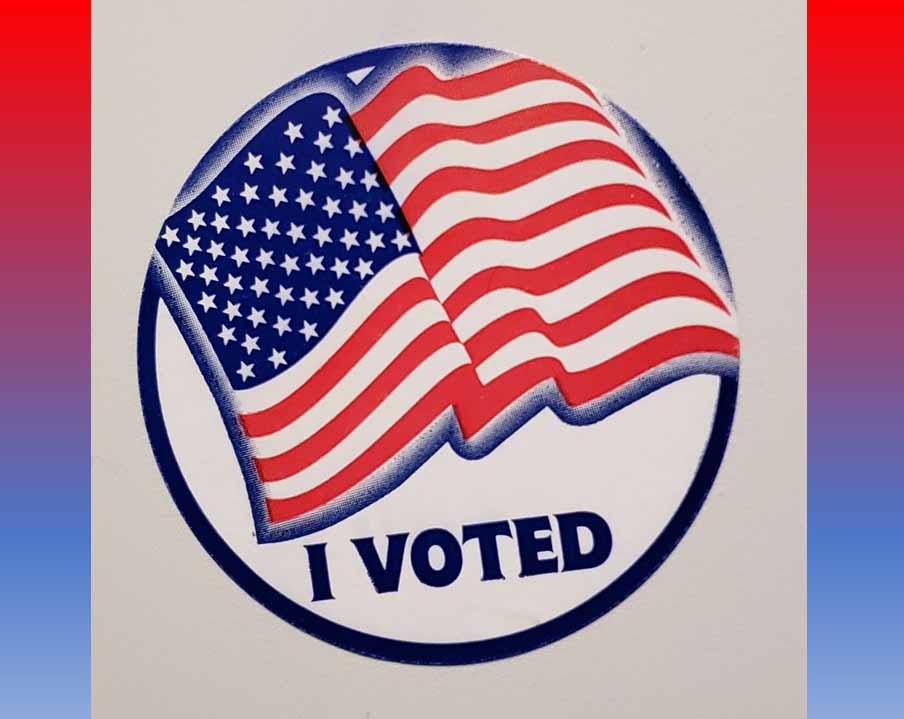
I don’t recall when Dr. Watkins started bringing Dr. Claud Anderson onto his show, but once he did it was easy to see why, and why he looks upon Dr. Anderson with such reverence. I’d encourage any readers to look up any of Dr. Anderson’s discussions with Dr. Watkins, and then any of Dr. Anderson’s abundance of interviews available on YouTube. He had a powerful discussion with the popular ‘Breakfast Club‘, and over the holiday season I stumbled upon an interview of Dr. Anderson from 1995 in Detroit. He had another powerful interview with Rock Newman here in DC. I’d embed these interviews right here into my blog post, but I don’t want any kind of copyright infringement claims against me. I’ll thus share the links to the interviews:
• Dr. Claud Anderson Discusses America’s Race Based Society, Powernomics + More (The Breakfast Club)
• Dr. Claud Anderson on the Rock Newman Show
• Powernomics – 1995 Detroit Black Journal Full Episode
What’s remarkable about the 1995 interview was that Dr. Anderson spoke on everything that’s unfolding today. One point was the efforts to bring in immigrants into the United States to undermine the black vote and I’ll leave that there. It’s a very polarizing topic as ironically many black people support the same politicians who are looking to enforce these policies. The year of 1995 was just prior to the internet becoming mainstream. Interestingly, even when transferring to my Historically Black College/University (HBCU), I don’t remember any mention of Dr. Anderson, which is very strange. As noted before, the same is true for intellectuals like Dr. Thomas Sowell and Dr. Walter E. Williams, black conservatives, but ‘intellectual heavyweights’ nonetheless.
Then again, it’s not strange as Dr. Anderson discussed how the individuals who decide which books will be used at HBCUs don’t want his books there during his interview with the Breakfast Club. While I recommended three of Dr. Anderson’s interviews above, and while I’m going to recommend his books below, in watching and reading Dr. Anderson’s content, I must warn you. If you’re a Barrack Obama enthusiast who was in love with the symbolism of his presidency, or even a staunch Democrat, his words aren’t kind to either. He’s not a pro-Trumper by any means, but he’s very open about the political class’ role in the state of Black America now. By the way, many, many criticisms of Barrack Obama’s legacy are emerging within the black community these days and can at least in part be attributed to what happened to Senator Kamala Harris in the Democratic primary.
With the videos I’ve listed, you can go watch and learn more for yourself. For the sake of this post, I’m just going to focus on three things. The first is Dr. Anderson’s plan for empowering black communities across the United States, much of which can be done by the communities themselves without outside help. He described the following points with hosts “DJ Envy” and “Charlemagne THA God” on the Breakfast Club. He described black economic empowerment (by the black community itself) as building a proverbial building with multiple floors:
• First Floor– Build a community and practice ‘group economics’; particularly making the money ‘bounce’ in the community 8-12 times before it leaves (discussed below).
• Second Floor– Politics; without economics there’s no ability to influence politicians or elections as a group; Voting is immaterial and a game of entertainment; You buy or rent the politicians.
• Third Floor– Use the politicians to influence the court systems and law enforcement to decrease things like police brutality.
• Fourth Floor– Media; If you don’t own media, you can’t organize, communicate or motivate.
• Fifth Floor– Education; Interestingly the final level, but according to his logic it makes sense as there would theoretically be the existence of black businesses for our young professionals to start working in.
The second point I want to focus on is that of black people relearning how to ‘bounce’ their dollars in the black community as described above. In this context, bouncing simply refers to spending money within the community to give those there the opportunity to benefit from it long-term. Dr. Anderson argues eloquently that of all the other races and ethnic groups, the black dollar bounces the least within its own community before quickly leaving. In the Black History-related piece following this one, I’m going to discuss whether racial desegregation irreversibly started the process of destroying black businesses. An example of supporting a black business is patronizing the above-mentioned Tamara Coleman who created the primary image of this piece.
My final point regarding Dr. Anderson is that of ‘Reparations’ which is basically the reconciling of the debt and economic disparities by the United States believed to be owed to the descendants of slaves created by the ‘Chattel Slavery’ and Jim Crow. I’m not going argue whether black people should get them here, though it is interesting that groups like Japanese Americans got something following World War 2. Other groups apparently got similar severances. I’ll just say that Dr. Anderson is a staunch advocate of reparations and don’t be surprised to see a further fractured black vote in the 2020 general election due to this one issue which was in large part brought to the forefront by the Obama Presidency.
* * *
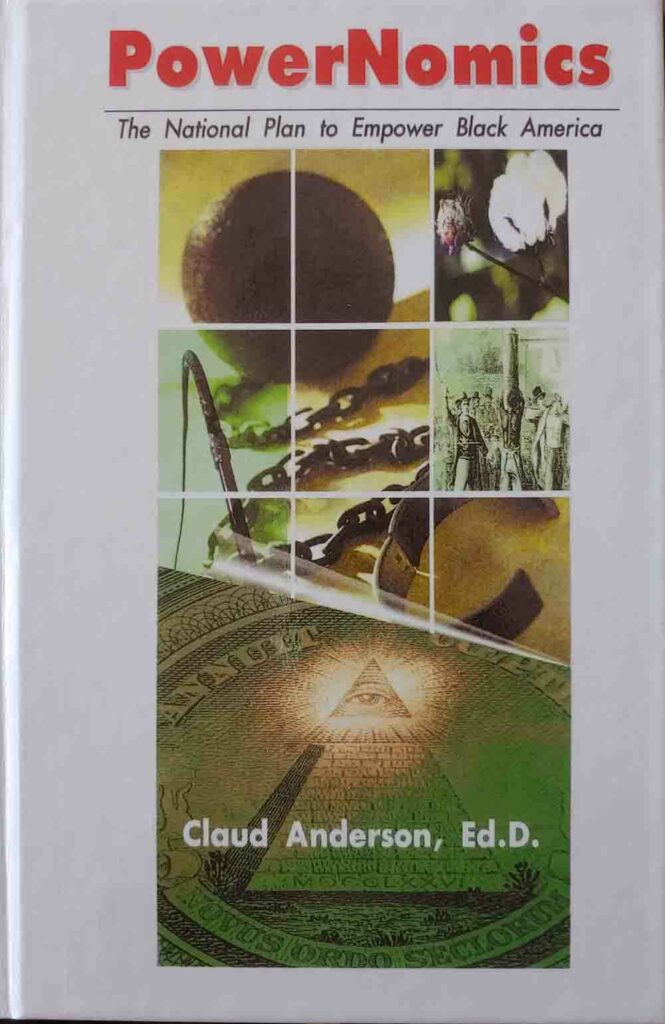
I’d encourage readers to purchase copies of Dr. Anderson’s books which it seems are not available at HBCUs as described above. I asked for and received Dr. Anderson’s three books last year for Christmas: Powernomics, The Black History Reader and Black Labor-White Wealth. Again, he has in large part been kept out of mainstream media and, based upon his messages, it’s not surprising why. I would also encourage readers to visit Dr. Anderson’s “Harvest Institute” to learn more about his efforts and to make a donation if you’re motivated to do so.
So, what does all this have to do with Dr. Martin Luther King, Jr? Well, it relates directly to his vision of the burning house. Were his efforts in large part directed in the wrong direction? Was it always economics? Did desegregation ultimately have harmful effects on Black America, causing all our black businesses to wither away and die? Also, have we become a permanent underclass as described by Dr. Claud Anderson?
In terms of reparations, based upon responses by then Democratic candidate, Kamala Harris, and remaining candidates like Bernie Sanders and Elizabeth Warren, I’m not going to hold my breath for them. Part of Dr. Claud Anderson’s ‘Gospel’ regarding economic empowerment though is hopeful and suggests that black people as a group can still coalesce and build something. The question is ‘will we?’.
It would require a mass shift in mindset which is the hardest part. If you watch Dr. Boyce Watkins’ content, he’s shared frustrations numerous times about black people as a group not being interested in learning about economics and financial literacy. Some are, but personally I thought it was odd that it took something like Jay-Z’s ‘444’ album to get black people talking about these topics at least for a little while. Again, some of us are interested in this stuff and actively talk about it and study it, but the majority isn’t. A small group will thus likely thrive while the majority may not as much.
If money, financial literacy and business topics fascinate you, I have a wealth of content on that now right here on the Big Words Blog Site. As a matter fact, my blogging platform was rated one of the “10 Best Financial Education Blogs” by the company “Expertido” for 2019. I’ve written several ‘literary’ pieces about some basics of budgeting and topics regarding things like “Matching Contributions”. My pieces are usually personal stories discussing my journey learning these concepts.
Working with a collaborator, I’ve published profuse amounts of content in the areas of Financial Literacy/Money and Business/Entrepreneurship. These are smaller informational pieces you can read through in five minutes or less. Just go to the categories tab on my platform and choose one of those categories. I also discuss money topics on my YouTube channel entitled, Big Discussions76. Please stop by, subscribe and find the playlist entitled, “Big Discussions Financial Literacy”.
As Black History Month approaches, I’ll be publishing another piece specifically focusing on whether Civil Rights and desegregation hurt Black America. Thank you for reading this piece. I want to thank Dr. Boyce Watkins for his hard work in trying to get his money messages out to our people, and for getting Dr. Claud Anderson out into the spotlight where he has always belonged. Again, for 40 years of my life I had no idea who he was and I’m not alone. That’s a major problem, but if you understand economics and media as I do now, it’s not unexpected.
Thank you for taking the time to read this blog post. If you enjoyed this one, you might also enjoy:
• Should HBCUs teach their students financial literacy and about the business of higher education?
• Are you Cooning? Thoughts on Black America’s new favorite racial slur, critical thought, and groupthink
• A Black History Month reflection on Percy Julian
• A Black History Month interview with Dr. Vernon Morris
• A Black History Month look at West Indian Archie
• A review of Marvel’s Black Panther
• A review of Hidden Figures
• A review of All Eyez On Me
If you’ve found value here and think it would benefit others, please share it and/or leave a comment. I’ve recently started a YouTube channel, so please visit me at Big Discussions76. To receive all the most up to date content from the Big Words Blog Site, subscribe using the subscription box in the right-hand column in this post and throughout the site, or add my RSS feed to your feedreader. You can follow me on the Big Words Blog Site Facebook page, and Twitter at @BWArePowerful. Lastly, you can follow me on Instagram at @anwaryusef76. While my main areas of focus are Education, STEM and Financial Literacy, there are other blogs/sites I endorse which can be found on that particular page of my site.



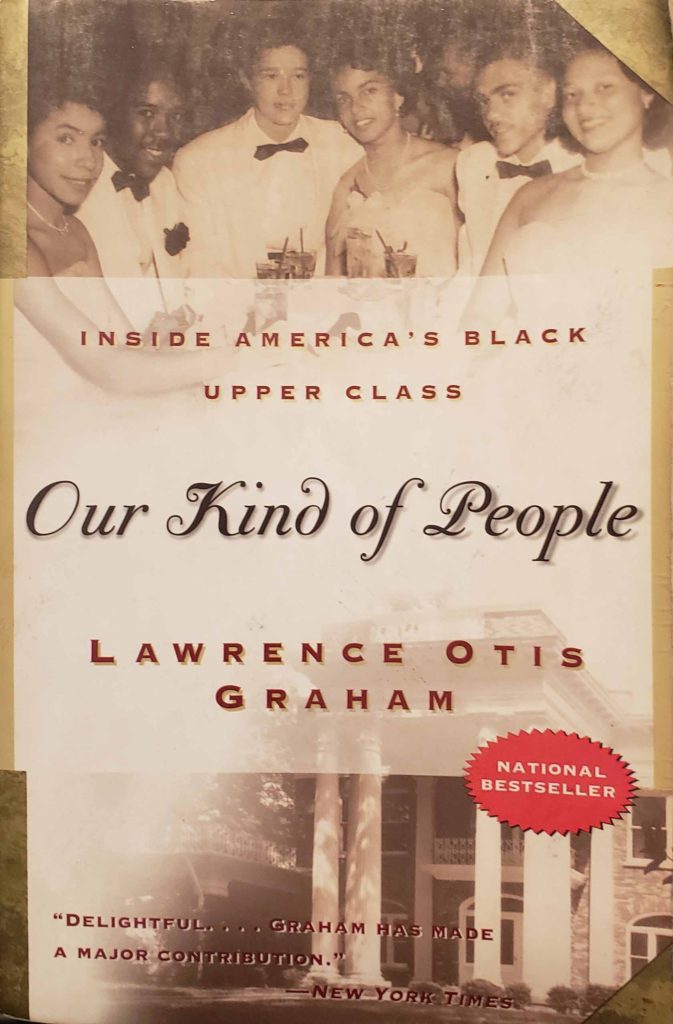
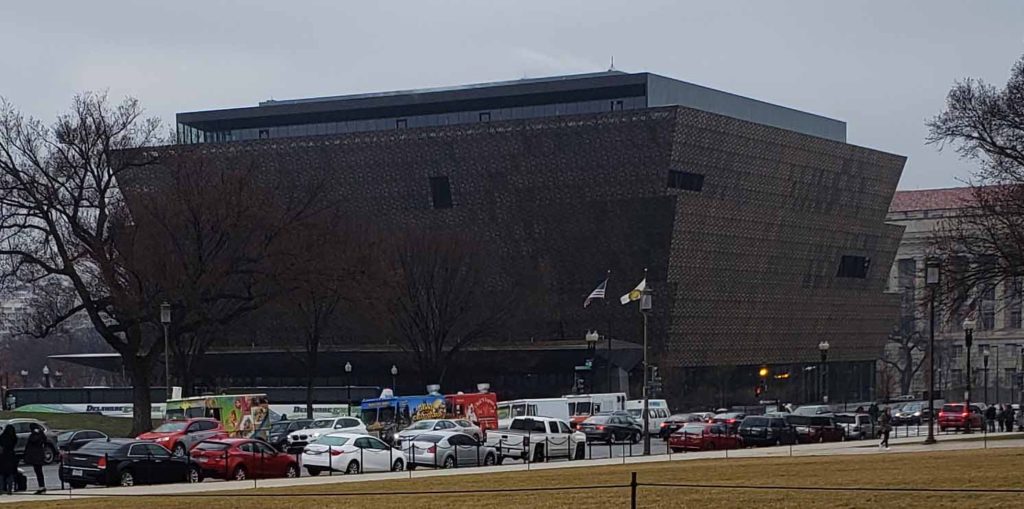
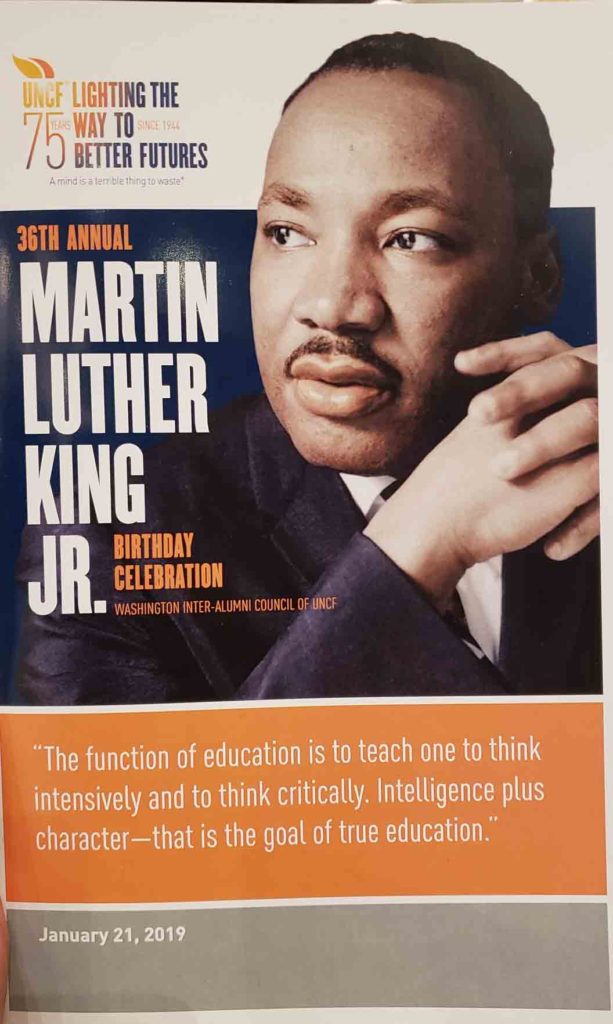
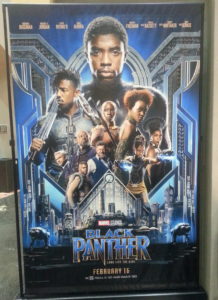 I’ve written numerous movie reviews on my blog. In the current review, I’m once again teaming up with my brother Amahl to discuss Marvel’s
I’ve written numerous movie reviews on my blog. In the current review, I’m once again teaming up with my brother Amahl to discuss Marvel’s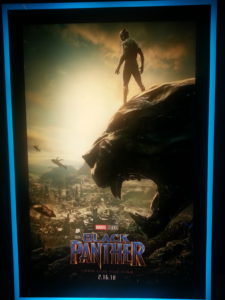 Anwar Dunbar: First I would like to acknowledge the
Anwar Dunbar: First I would like to acknowledge the  Our Twitter handles are
Our Twitter handles are  First of all, I hope the opening quote didn’t offend you. It was a part of an actual discussion with my father – one of many, and you’ll see its relevance later on. The first
First of all, I hope the opening quote didn’t offend you. It was a part of an actual discussion with my father – one of many, and you’ll see its relevance later on. The first  Actually, many discussions with my father, who is from Harlem, were also peppered with broad brush discussions of “white people”, “them”, or “they” in unflattering ways – usually about the oppression of black people, and white people having unfair competitive advantages in life. The opening quote of this post was from a discussion he and I had about spending habits and race. Are my parents, grandparents, aunts, and uncles racists? No, I don’t think they think black people are superior to other races, but they did experience segregation and
Actually, many discussions with my father, who is from Harlem, were also peppered with broad brush discussions of “white people”, “them”, or “they” in unflattering ways – usually about the oppression of black people, and white people having unfair competitive advantages in life. The opening quote of this post was from a discussion he and I had about spending habits and race. Are my parents, grandparents, aunts, and uncles racists? No, I don’t think they think black people are superior to other races, but they did experience segregation and 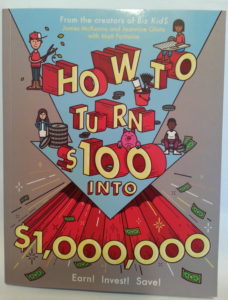 “The person who wrote this, are they white?” my godson asked me.
“The person who wrote this, are they white?” my godson asked me. I first thought about Asian-American wealth last year when someone on Twitter shared an infographic stating that Asian-American wealth has steadily grown, while their voter participation had stagnated. The point of the tweet was that while Black-America has been one of the more vocal groups during elections, and in civil rights/social justice arenas, we haven’t significantly closed the wealth gap with White-America (as a group). The implication of the tweet was that black people as a group were focusing on the wrong things.
I first thought about Asian-American wealth last year when someone on Twitter shared an infographic stating that Asian-American wealth has steadily grown, while their voter participation had stagnated. The point of the tweet was that while Black-America has been one of the more vocal groups during elections, and in civil rights/social justice arenas, we haven’t significantly closed the wealth gap with White-America (as a group). The implication of the tweet was that black people as a group were focusing on the wrong things.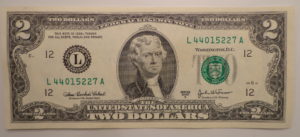 A subsequent figure titled “
A subsequent figure titled “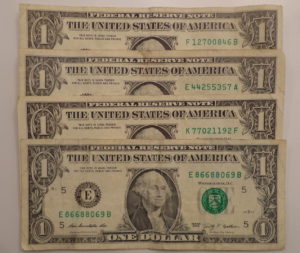 In the section titled, “
In the section titled, “ In closing,
In closing,